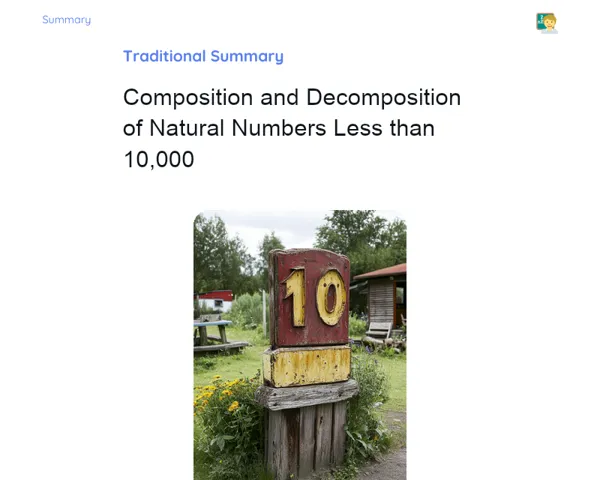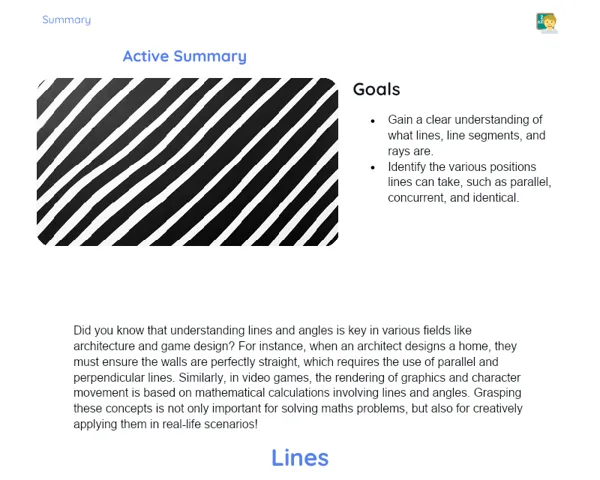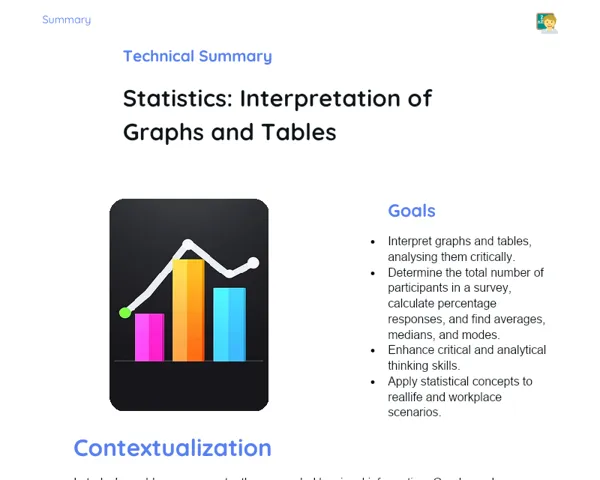Objectives
1. Recognise and differentiate the main units of length measurement, including metres, centimetres, and millimetres, as well as time units like seconds, minutes, and hours.
2. Identify and correctly use appropriate measuring instruments for length (ruler, tape measure) and time (digital and analog clock).
3. Develop practical skills and logical reasoning by applying these concepts in everyday situations, such as cooking, sports, and academic activities.
Contextualization
Did you know that accuracy in measuring length and time is essential not just in science labs but also in the daily activities of various professions? Engineers depend on precise measurements to ensure the safety of structures like bridges, chefs rely on accurate measurements to whip up scrumptious dishes, and athletes use exact timing to break records. Mastering the units of measurement for length and time boosts your math skills and equips you for real-world challenges!
Important Topics
Units of Length Measurement
Units of length measurement, such as metres, centimetres, and millimetres, are crucial for quantifying distances and sizes. The metre is the standard unit for length, while centimetres and millimetres are often used for more precise measurements. These units come into play in various scenarios, from building large structures to designing intricate objects.
-
Metre (m): The primary unit of length. Used for measuring larger distances, like the size of a room or the height of a person.
-
Centimetre (cm): A hundredth of a metre. Handy for smaller measurements, such as the length of a pencil or the thickness of a piece of paper.
-
Millimetre (mm): A thousandth of a metre. Used for minute measurements, such as the diameter of a small wire or a delicate leaf.
Units of Time Measurement
Time is a fundamental aspect of our lives, and accurately measuring it is vital. Seconds, minutes, and hours are the most common units we use. These time measurements are integral to our daily routines, from boiling an egg to figuring out how long our journeys will take or completing tasks within set time frames.
-
Second (s): The smallest unit of time. Essential for measuring quick events or for precision in scientific calculations.
-
Minute (min): 60 seconds. Used for shorter intervals, like how long you might wait or a slice of time in an hour.
-
Hour (h): 60 minutes. Key for organising your daily schedule and planning activities, like arranging classes or meetings.
Measuring Instruments
Different tools are used to measure length and time, tailored to specific circumstances. Rulers, tape measures, and measuring tapes are commonly employed for length, while digital and analog clocks help with tracking time. The choice of a measuring instrument depends on the level of precision needed and the context of the measurement.
-
Ruler: Used for measuring smaller lengths, typically in centimetres and millimetres.
-
Tape Measure: Ideal for measuring larger distances; it's flexible and portable.
-
Measuring Tape: More versatile, suitable for both small and large lengths, depending on its size.
-
Digital Clock: Accurate and easy to read, perfect for precise time measurements.
-
Analog Clock: Valuable when you need to visually track how much time has passed, such as at an event.
Key Terms
-
Metre (m): The basic unit of length in the International System of Units (SI).
-
Centimetre (cm): A hundredth of a metre, used for smaller measurements.
-
Millimetre (mm): A thousandth of a metre, ideal for very small measurements.
-
Second (s): The basic unit of time in the International System of Units (SI).
-
Minute (min): 60 seconds, used to indicate short periods of time.
-
Hour (h): 60 minutes, used to organise larger units of time.
For Reflection
-
How can choosing the right unit of measurement impact the accuracy of a measurement?
-
Why is it important to use the correct measuring instrument for different situations?
-
How do you apply time and length measurements in your everyday life? Share some examples.
Important Conclusions
-
Today, we explored the fascinating world of units of length and time measurement, learning about metres, centimetres, millimetres, seconds, minutes, and hours. We recognised how these measurements are vital in various contexts of our lives, from cooking to planning trips.
-
We discussed the importance of selecting the right measuring instrument to ensure accurate measurements, and how this is applicable in both professional fields and daily activities such as engineering, cooking, and sports.
-
We reinforced the idea that understanding these measurements goes beyond mathematics; they are practical tools that help solve real problems and facilitate tasks that rely on accurate measurement.
To Exercise Knowledge
- Measurement Adventure: Grab a measuring tape and head to a park to measure items like benches, trees, and playgrounds. Jot down your findings in a notebook. 2. Time Journal: For a week, track how much time you spend on various activities (studying, gaming, sleeping). Use a clock for accuracy. 3. Treasure Map: Create a treasure map for friends or family, detailing directions and distances in metres or kilometres, alongside estimated travel times for each spot.
Challenge
Super Chef Challenge: Pick a recipe and convert the ingredient measurements to serve 20 people. Share your calculations and whip up the dish for your family or friends!
Study Tips
-
Regularly practice with different measuring instruments at home, like a ruler, measuring tape, and clocks, to get comfortable with their functions and accuracies.
-
Try to estimate lengths and times before measuring them accurately. This can help sharpen your intuition about measurements.
-
Watch educational videos about units of measurement and how they apply in daily life to better visualise their uses.



